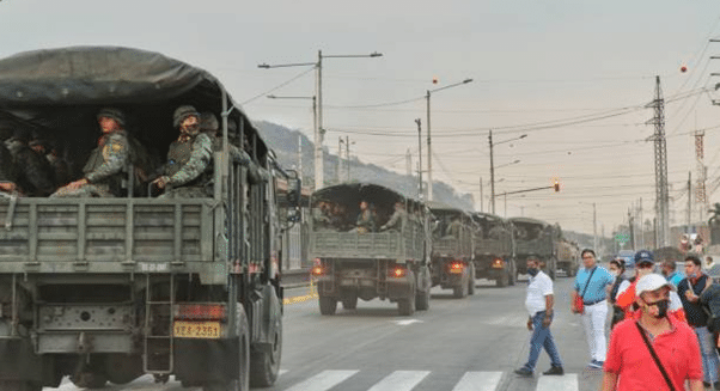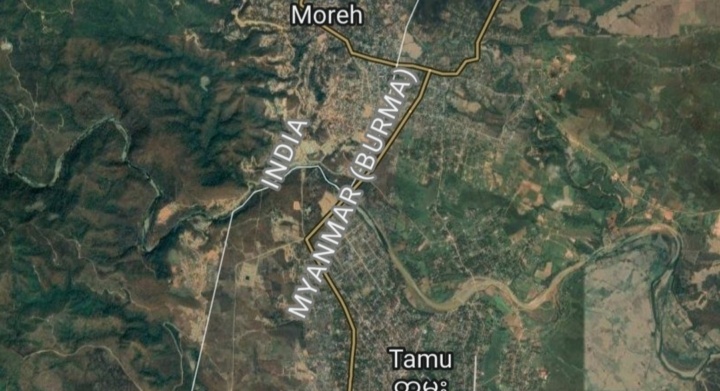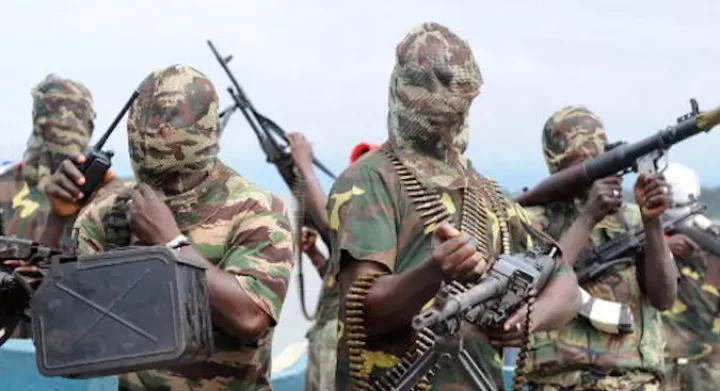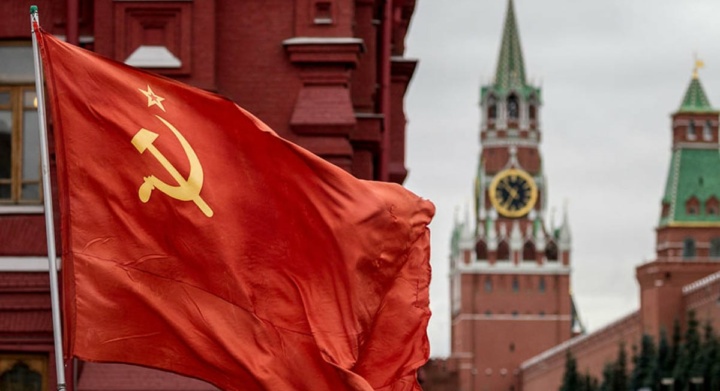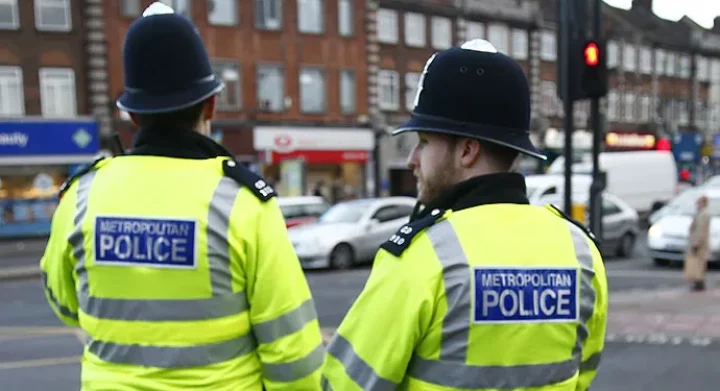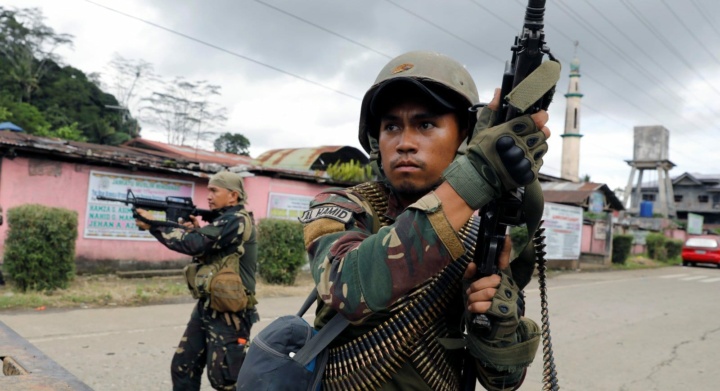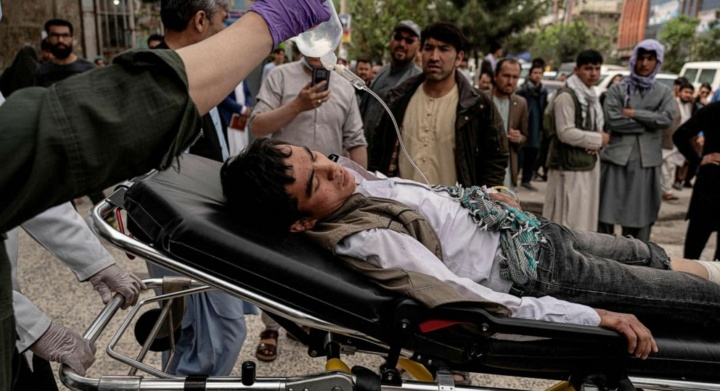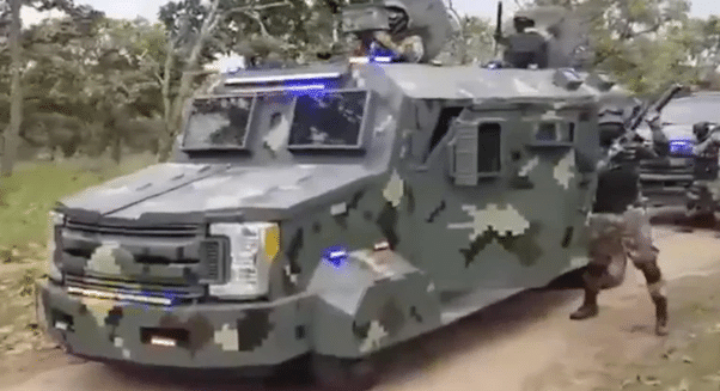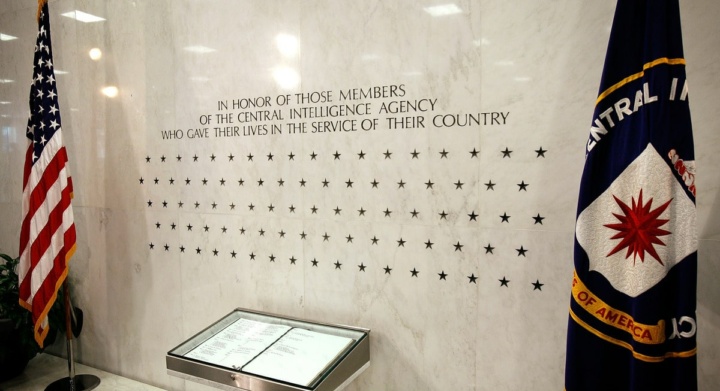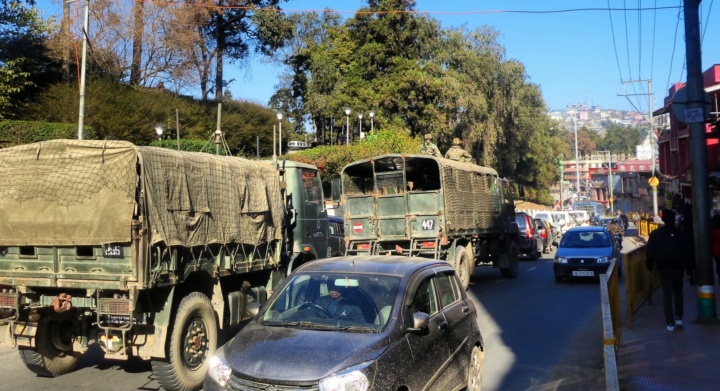Ecuador is currently experiencing its worst security crisis in a decade. The actions of various illegal groups, the presence of Mexican cartels, prison violence, and drug trafficking are some of the reasons why the government has recently taken measures to mitigate the law and order crisis.
The violence and insecurity in the Latin American country are elements that show a tendency toward an increase in criminal actions in Ecuador. If Ecuadorian authorities fail to adequately intervene on the factors that generate instability in the country, Ecuador faces a dark and dangerous future, as other countries in the region have already experienced.
The Crisis, Its Factors, and the Government’s Response
Ecuador’s security indicators have worsened exponentially in recent years. In 2021, reports indicated that Ecuador reached its worst homicide figures in the last 10 years. A homicide rate of 13.13 homicides per 100,000 inhabitants was recorded, which is above the world average rate of 5.8. In 2021 Ecuador experienced one homicide every three and a half hours. In addition to violent deaths, there was an increase in the number of assaults, which rose by 27.9%, vehicle thefts increased by 55%, burglaries recorded a growth of 14.2%, and robbery of commercial premises increased by 17.3%.
The situation in 2022 has not improved. The country has registered 1,255 violent deaths so far this year, according to police figures. Also, in January alone, the number of violent deaths tripled compared to the previous year, while drug seizures doubled. In fact, Ecuadorian authorities have recorded events of such magnitude as 18 murders in less than 24 hours in the city of Guayaquil.
One of the main factors generating insecurity in the country is drug trafficking. Analysts have pointed out that Ecuador has gone from being a transit country to a drug distribution center in Latin America and that more than one third of Colombia’s cocaine production arrives in Ecuador and eventually leaves Ecuadorian ports, mainly for the U.S. and Europe. Portals such as Insight Crime have mentioned that Ecuador is a convenient “superhighway” for moving cocaine shipments around the world.
Drug seizures reveal the nature and extent of the drug trafficking problem. In January of 2022 alone, 17.9 tons of prohibited substances were seized, compared to 8.4 tons during the same period last year. In this same month, 758 operations have been carried out in which 857 suspects were arrested, 63 weapons, 11,798 ammunition, and $25,450 in cash. Of the drugs seized during January 2022, 98% were cocaine, the rest was primarily comprised of marijuana, cocaine base paste, and heroin. Likewise, in a 72 hour timespan, 2.5 tons of drugs were seized in the ports of Guayaquil, equivalent to a total of 2,597 packages of cocaine.
In addition to local gangs that benefit from criminal activities, such as Los Choneros, Ecuadorian authorities have also reported the presence of Mexican cartels in the country, which have increased levels of violence. For instance, Giovanni Ponce, head of the Anti-Narcotics Division of the Ecuadorian police, says there is already evidence that the Sinaloa Cartel has been operating in Ecuador since 2009, and that in recent years the Jalisco New Generation Cartel (CJNG) has also infiltrated the country.
Ecuadorian authorities have captured several emissaries and links between Ecuadorian gangs and Mexican cartels and seized drug shipments allegedly belonging to illegal Mexican organizations. Moreover, the former director of security of the Ecuadorian Army, Mario Pazmiño, has indicated that 37.5 percent of Colombia’s coca production passes through Ecuador and that the CJNG and the Sinaloa Cartel have outsourced their presence through the local gangs such as ‘Los Choneros’, ‘Tigretones’, ‘Chonekillers’, ‘Lobos’ and ‘Lagartos’, which maintain control of the routes, storage centers, and international drug distribution platforms.
The violence generated by gangs and drug cartels has also spilled over into prisons. In 2021, two massacres occurred in the Litoral prison that left nearly 190 dead, both of which were carried out by members of criminal gangs fighting for control of the prison. In April 2022, the Turi prison massacre in the city of Cuenca resulted in the death of at least 20 inmates. Other clashes between gangs have occurred in various prisons throughout the country, evidencing a serious risk factor for the prison population and prison guards.
In addition to prison violence and the increase in murders due to drug trafficking and gang confrontations, the current security crisis in Ecuador has resulted in other violent events. For example, in April 2022, a car bomb exploded near a prison in Guayaquil, causing material damage but leaving no victims. In September 2021, a drone attack with explosives was carried out in a prison in Guayaquil. In February 2022, also in Guayaquil, a 21-year-old man was abandoned with an explosive device strapped to his head, exploding moments later. Finally, in early 2022, in the city of Durán, two bodies were found hanging from a bridge, a practice that is common in confrontations between Mexican cartels.
In the face of rampant violence and crime, the Ecuadorian government opted to decree a state of emergency in three provinces and deploy 9,000 police and military personnel. The government seeks to counteract the violence generated by drug trafficking and high crime rates. Security forces have also carried out various operations to reduce gang capabilities, arrest gang members, seize drugs and weapons, and restore security in areas affected by violence.
A Dark Future Ahead?
Ecuador is currently undergoing a serious deterioration of its security conditions and stability. The strategic context of the South American country is composed of a diversity of criminal actors that benefit from illicit businesses such as drug trafficking, leading to the income generated from illegal activities serving as fuel for violence and instability in Ecuador.
For this reason, the Ecuadorian government should focus its efforts on correctly identifying potential risks, the structural causes that allow the proliferation of drug trafficking, and carrying out operations in critical areas such as ports and prisons to reduce the capacity of criminal gangs. It is necessary to reduce the sources of income of illegal groups to stop their growth.
In the event that the Ecuadorian government fails to adequately intervene in the current crisis of violence and insecurity in the country, it is highly likely that Ecuador will face a dark and uncertain future, similar to that of countries such as Colombia during the 1990s. The trend indicates that illegal groups, gangs, and cartels will continue to strengthen their capabilities and commit criminal acts, which will likely lead to an era of narco-terrorism in the country. Therefore, Ecuadorian authorities must confront the crisis with all the means at their disposal and overcome the actions of illegal groups.
Daniel Felipe Ruiz Rozo, Counter-Terrorism Research Fellow

